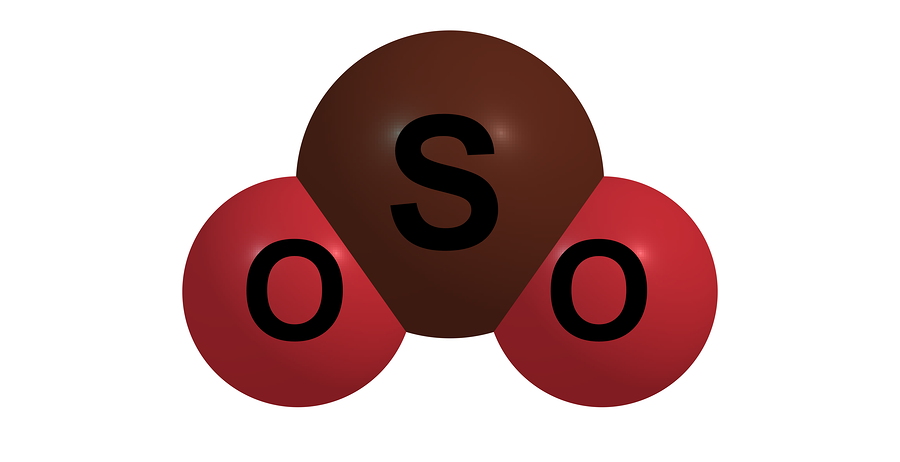With 2020 Sulphur cap just around the corner it is intriguing how many concerns remain about how industry will react, writes Samantha Fisk.
While some owners have signaled their sulphur 2020 compliance strategy early, some remain uncertain. Compliance strategies are up to each owner- with different fuel types still to be finalsied, and others seeking exhaust gas cleaning systems or even LNG-fueled newbuildings.
Low sulphur bunker fuel choices are growing, as refiners and suppliers build up reserves, blends and even new types of refined fuels. This, as has been reported before, leads to questions about compatibility and how these fuels react with modern high performance engines.
Parker Kittiwake regional account manager Scott Herring says his company has been urging owners to take catfine and fuel quality issues more seriously. notes that: “There are significant concerns around how these new fuels will affect marine engines, which is why testing for compatibility and cat fines, for example, is increasing.”
Concern about how these fuels will work with engines in the long term seem to be a governing factor for many shipowners when looking at these future fuels, as they are still an unknown quantity for the market.
“Amid widespread concerns and uncertainty, and in preparation for 2020, shipowners and operators are looking to condition monitoring tools and technologies as the first line of defence for the early identification of issues, helping them to minimise disruption, downtime, and unexpected costs and delays”, Herring explains.
Herring notes that the trends in the market reflect the urgency as shipowners and operators take a more deliberate and “proactive approach to mitigating the risks of potential marine fuel oil incompatibility and stability issues” associated with the 2020 global sulphur cap regulation.
“Onboard testing for compatibility is simple and can take just 40 minutes, providing engineers with information that can confirm that the fuel delivery will remain stable in the bunker tanks or identify possible stability problems before blending and mixing two fuels”, he adds.
Onboard testing will allow shipowners and operators quick and simple access to the information they need to effectively manage maintenance requirements and prevent damage. Parker has been focusing its recent developments on producing solutions for the market, such as for condition monitoring that allows shipowners to analyse fuel, oil and gas emission and also acoustic vibrations.
Being able to run this type of analysis can have the potential to save a lot of problems in the future. “The financial impacts are vast if the frequency of oil analysis and condition monitoring is not sufficient to identify problems early, meaning engine assets aren’t protected”, Parker highlights.
However, it is just the new fuels that will be an issue but also the fuel tanks themselves, which will need to be fully cleaned before these new fuels can be used. The cost of this for shipowners not just financially but also in manhours is also another factor which cannot be ignored by the industry.
Costs of switching fuels and being able to meet with the sulphur regulations due in January are mounting up for the industry, how these fuels and solutions coming on to the market will need to prove that they can stand the test of time.
As Herring warns for those potential teething problems if systems are not monitored from the start that: “fleets may suffer from potential downtime, along with the associated commercial impacts this could bring. This could also lead to catastrophic damage of the engine – potentially totalling millions of dollars.”































